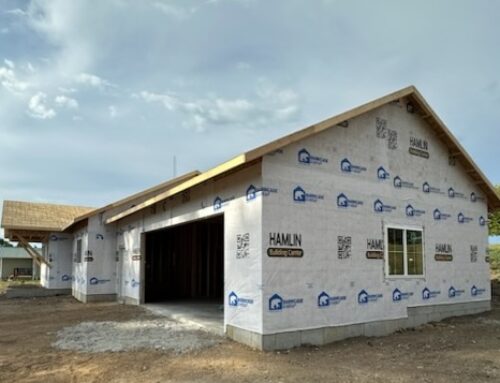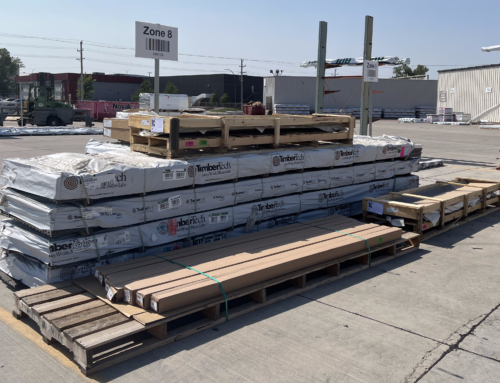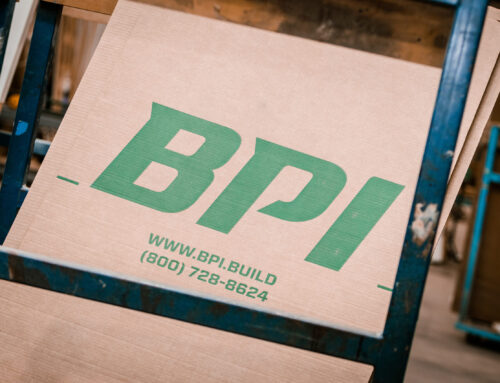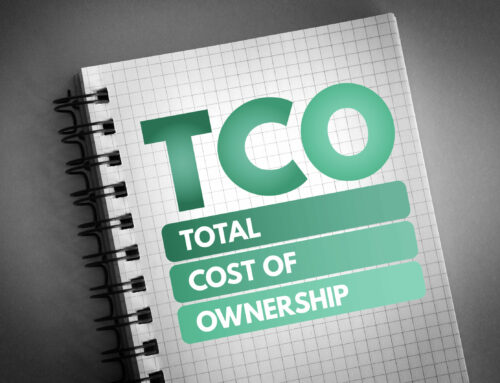Generally speaking, the pressure is always on when it comes to cost. And when it comes to packaging costs, the temptation may be to go for cheaper solutions. But the real test for packaging isn’t about the cost of the material. Instead, it’s whether your quality products arrive packaged well and damage-free. Let’s consider a few ways that poor packaging may seem to save money but can hurt your bottom line, and how, for each of these, using a better supplier can make all the difference.
Damaged Customer Relationships
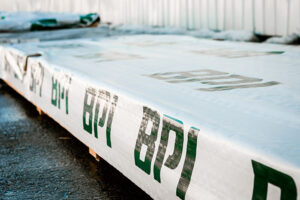
The most important thing to remember is that poor packaging’s impact goes beyond damaged goods; it damages relationships. Customers no longer trust vendors who can’t reliably deliver, and they remember the problems: Studies show that one-third of customers will switch vendors after a single bad experience, and they will stay away from that vendor for two to three years. Still, others assert that customers will remember that one bad experience for more than ten years.
And the damage isn’t even limited to the customer who received the damaged goods: Customers are more likely to warn other potential customers about a bad experience than they are to spread the word about a good one.
To prevent breakage and other kinds of damage from happening, look for suppliers using innovative techniques in cabinet, decking, and long product palletization or those who have customized trucks to more safely haul their product, including millwork. A supplier should also have quality-control (QC) processes for packing and shipping throughout the process.
Administrative Back-up, Returns, and Delays
Obviously, damaged goods result in returns, but that’s just the start of the problem: From obtaining replacement goods to buying new packaging to the labor for handling and processing, returns require you do everything for that order twice, so you’ve doubled the cost for that item. That’s assuming you can even find a replacement, which is increasingly difficult with the pandemic shortages and backlogs. And while returns delay fulfilling those specific orders, returns can also delay every other order in your shop, as resolving the returns take priority.
Furthermore, once damage has occurred, the cause is often difficult to identify. There will be arguments over whether it was something about the product, packaging material, how goods were packed, how they were loaded, or if there was a problem in handling once they were en route. At least initially, everyone gets blamed, and it takes time to sort out the true cause. All of that causes yet more delays, more customer anger, and more backlog.
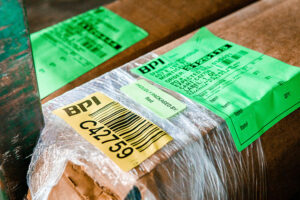
Once again, to resolve these issues, look for suppliers who are using barcodes and wireless technology to allow you real-time tracking of your shipments, and then you can use their proof of delivery program, so you will know, firsthand, exactly the condition your shipment arrived in. These programs make loss and damage less likely to occur. And, if loss or damage do occur, the supplier can identify when and what factors caused the damage, find, or replace the items, and prevent a future reoccurrence of the issue.
An Upset C-Suite Affects Company Income and Revenue (and Possibly Your Job)
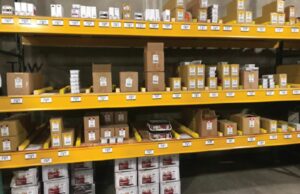 If costs are increasing—due to returns and uncertain process problems—while revenue is down—it won’t take long before a company’s C-Suite takes notice. If the C-Suite has to get involved, you can expect more upheaval. They may start looking for new ways to make up for the lost revenue by cutting costs, reallocating funds to find new customers and markets, and more.
If costs are increasing—due to returns and uncertain process problems—while revenue is down—it won’t take long before a company’s C-Suite takes notice. If the C-Suite has to get involved, you can expect more upheaval. They may start looking for new ways to make up for the lost revenue by cutting costs, reallocating funds to find new customers and markets, and more.
Answer the C-Suite’s concerns by telling them that the company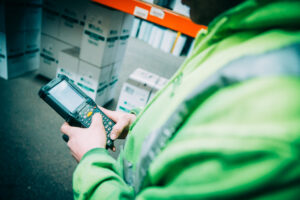 is less likely to have damaged shipments now because you have chosen a supplier with staff who are specially trained in how to best pack and load shipments. You’ve chosen your supplier because they have optimized bin locations and are using SMART product placement and other technology to ensure that they have the inventory you want when you need it. Explain that your supplier has quality-control systems in place, preventing problems and quickly fixing any that may occur. And tell them that your supplier is regularly upgrading their services and constantly striving for new ways to serve you better.
is less likely to have damaged shipments now because you have chosen a supplier with staff who are specially trained in how to best pack and load shipments. You’ve chosen your supplier because they have optimized bin locations and are using SMART product placement and other technology to ensure that they have the inventory you want when you need it. Explain that your supplier has quality-control systems in place, preventing problems and quickly fixing any that may occur. And tell them that your supplier is regularly upgrading their services and constantly striving for new ways to serve you better.
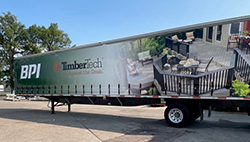
At BPI, we believe that your success is our success. And that means BPI has been working, top-to-bottom, to give you improved, reliable service.
From our enhanced packaging processes to our newly-initiated warehouse management systems to our proof-of-delivery picture program, BPI has continuously been improving our processes in order to bring you the best possible service and customer care.
Contact us today to learn more about the building materials and millwork we offer, as well as to hear more about the steps we are continually taking to improve our—and your—business.

